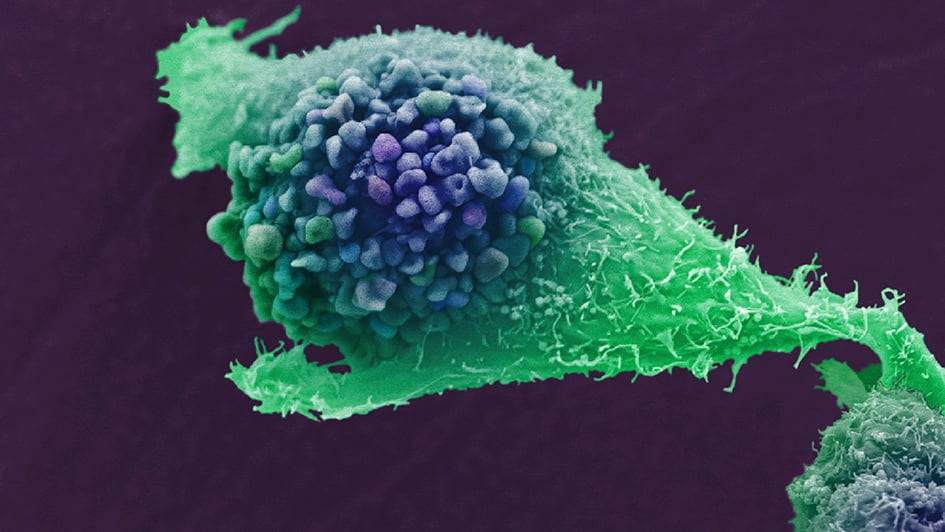Applying evolutionary biology to cancer
We pioneered the application of evolutionary biology to cancer and established cancer stem cells as the units of natural selection.
In this clip, filmed in 2016, Dr Andrea Sottoriva explains how the ICR's 2016-21 Research Strategy aims to unlock the secrets of how cancers evolve.
Our researchers worked mainly with childhood leukaemia to understand how cancer develops and progresses in an evolutionary fashion, and over time have applied the same Darwinian principles to cancer in general.
In the 1990s, Professor Mel Greaves’s lab carried out groundbreaking work looking at identical twins and their incidence of childhood leukaemia.
He wanted to work out what triggers leukaemia in children, as there was very little known at the time about the causes of the disease.
He used an innovative technique, involving the study of blood samples archived from newborn twins, to uncover a sequence of events which in some children led to acute lymphoblastic leukaemia, or ALL. He proposed that the development of ALL was initiated in the uterus before birth, and triggered after birth by common infections – especially in children who hadn’t been exposed to infections early in their life.
He made a big breakthrough by studying the genetics of hundreds of single leukaemia cells. Rather than cancer being one population of cells with several mutations, there are actually multiple populations of cells within the cancer, all related by common descent from a single ancestor cell.
Darwin's tree
Professor Greaves, who has a background in evolutionary biology and zoology, was immediately reminded of Darwin’s famous diagram of evolution – like a tree with branches growing outward from the trunk. His research helped establish a now fundamental concept in cancer biology – that cancer stem cells are the ‘units of evolutionary selection’ in cancer.
This discovery had enormous clinical implications, as it told us we needed to properly understand the complexity of cancer – up until then we had been underestimating the amount of diversity within an individual tumour.
The new research helped explain why cancers are so prone to evolving resistance to treatment, and why treatment of advanced disease so often fails – since by then it is often extremely genetically diverse.
The importance of evolution
It also told us that if we use biopsies to target treatment at particular cancer mutations, then we need to sample the whole tumour – otherwise treatment might just end up cutting branches off the tree rather than cutting the tree down at the trunk.
Professor Greaves’s work led on to a more general understanding of the importance of evolution in understanding the development and progression of cancer, which led to him setting up the Centre for Evolution and Cancer at the ICR in 2014.
Related news
Related blogs
Cancer doesn’t just impact a patient, it has repercussions for everyone around them. Friends and family of those affected by the disease process feelings in many different ways, but some channel their grief into campaigning for a better future for others with cancer. We spoke to two people who are committed to honouring the legacies of their siblings.

